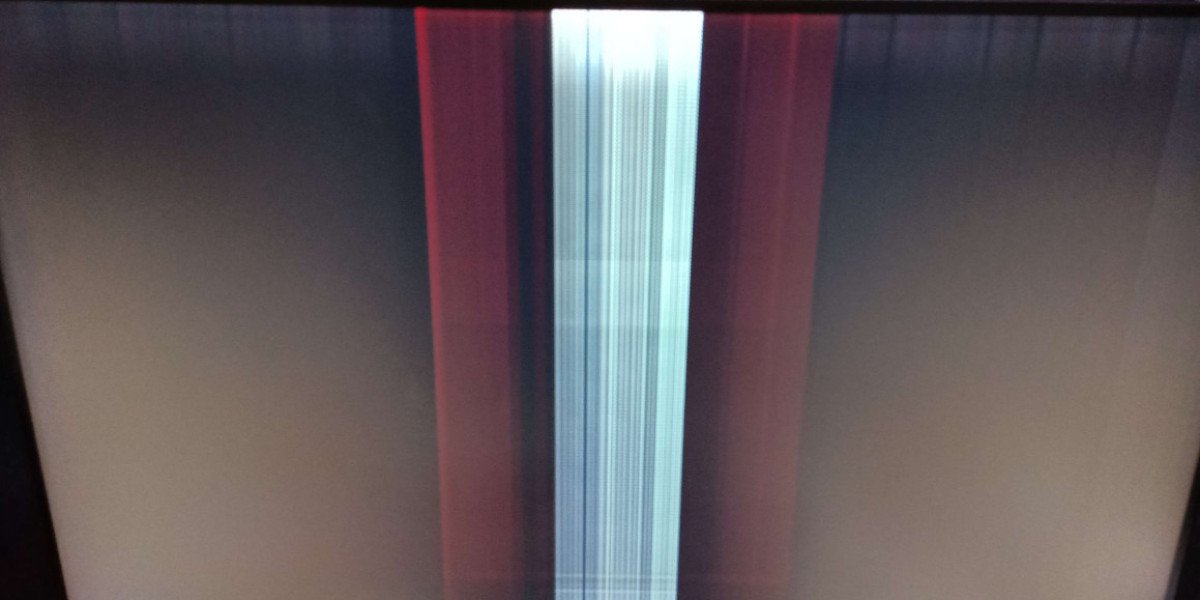Introduction
You've got that perfect JPG image ready to become an embroidered masterpiece. You try to convert JPG to EXP file format, but the result looks nothing like your original design. The stitches are messy, the details are lost, and the file won't run properly on your machine. What went wrong?
Professional digitizers know dozens of tricks they rarely share about how to properly convert JPG to EXP file - until now. In this no-holds-barred guide, we're revealing the closely guarded secrets that turn mediocre conversions into professional-grade EXP files. Whether you're embroidering logos, artwork, or custom designs, these insider techniques for how to convert JPG to EXP file flawlessly will save you hours of frustration and countless ruined garments.
The Truth About JPG to EXP Conversion
First, let's bust the biggest myth:
Automatic conversions don't work well for embroidery.
While you can technically convert a JPG to EXP with a few clicks, the results are usually:
Overly dense stitch patterns
Poorly mapped color transitions
Missing important details
Unstable stitch paths
Professional digitizers never rely on automatic tools alone. They use a combination of specialized software and manual techniques to create perfect EXP files.
Secret #1: The Pre-Conversion Cleanup
Before any conversion happens, pros always:
1. Simplify the Design
Remove complex backgrounds
Reduce color variations
Sharpen edges
2. Choose the Right Resolution
300 DPI minimum for clean details
Never upscale low-res images
3. Vectorize When Possible
Convert to SVG or AI first
Preserves clean lines and curves
Pro Tip: Use free tools like Inkscape or paid options like Adobe Illustrator for this crucial step.
Secret #2: The Manual Adjustment Process
After initial conversion, professionals always:
1. Redraw Problem Areas
Fix distorted curves
Clean up jagged edges
Rebuild small text
2. Optimize Stitch Paths
Sequence stitches logically
Minimize jumps and trims
Add proper underlay
3. Adjust for Fabric
Different settings for:
Stretchy fabrics
Thick materials
Specialty items like caps
Secret #3: The Density Sweet Spot
Amateurs often make these density mistakes:
Too dense:
Causes puckering
Increases thread breaks
Makes designs stiff
Too loose:
Looks sloppy
Lacks coverage
Wears out quickly
Professional density ranges:
Fill stitches: 0.35-0.5mm spacing
Satin stitches: 3-6mm width
Details: 1-2mm running stitches
Secret #4: The Color Change Trick
Professionals minimize color changes by:
Grouping similar colors
Using clever stitch sequencing
Making small color adjustments
This reduces production time by up to 30% without sacrificing quality.
Secret #5: The Test Stitch Protocol
Never skip these professional testing steps:
Digital Proof
Check stitch directions
Verify color blocks
Small Sample
Stitch 3"x3" section
Test tricky areas
Full Size Test
On actual garment
Wash and wear test
Software Secrets the Pros Use
While many tools claim to convert JPG to EXP, professionals rely on:
1. Wilcom EmbroideryStudio
Industry standard
Advanced editing tools
$1,000+ investment
2. Hatch Embroidery
More affordable
Great for beginners
$300-$500 range
3. Pulse Ambassador
Excellent for complex designs
Used by major manufacturers
Free alternative: Ink/Stitch with Inkscape (steep learning curve)
The DIY Approach That Actually Works
If you can't afford professional software:
Start with a clean JPG (simplified)
Convert to SVG using Inkscape
Import to Ink/Stitch
Manually adjust stitch types
Export as EXP
Warning: This takes 5-10x longer than professional methods.
Common Conversion Mistakes to Avoid
1. Using Low-Quality Images
Results in blurry embroidery
Always start with 300+ DPI
2. Ignoring Fabric Differences
Same design needs different settings for:
T-shirts vs. denim
Caps vs. jackets
3. Overlooking Small Details
Text under 0.2" becomes unreadable
Tiny elements may need enlarging
4. Skipping the Test Stitch
90% of errors are caught here
Saves ruined production runs
When to Call a Professional
Consider hiring a digitizer when:
The design is complex
It's for a paying client
You're using expensive materials
Branding must be perfect
Cost: Typically $15-$75 per design
The Future of JPG to EXP Conversion
Emerging technologies include:
AI-assisted digitizing
Automated density adjustment
Fabric-sensing presets
But human expertise remains essential for quality results.
Conclusion
Converting JPG to EXP perfectly requires more than just software - it demands an understanding of how thread behaves on fabric. By applying these professional secrets:
Start with clean, simplified artwork
Make manual adjustments after conversion
Optimize density








